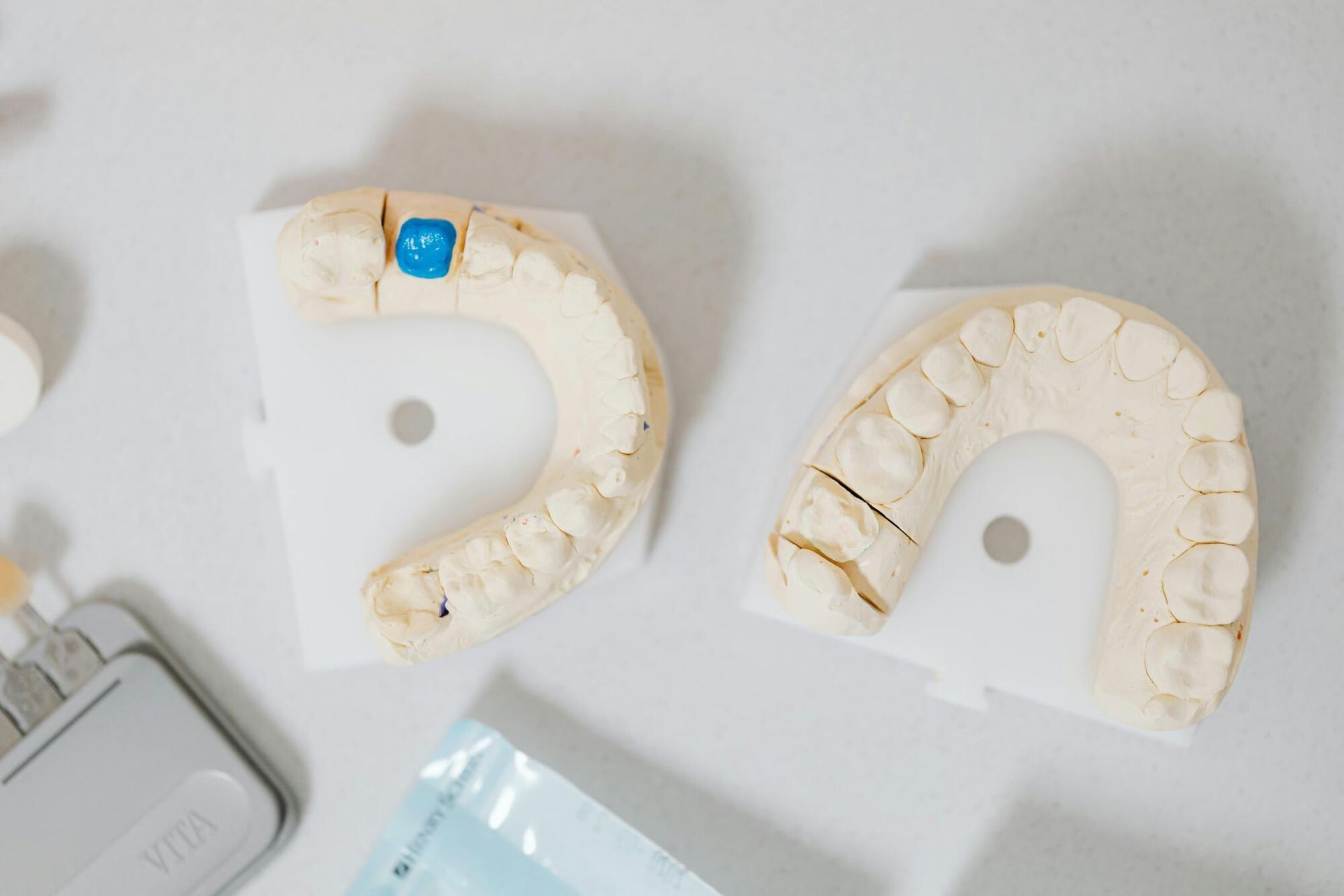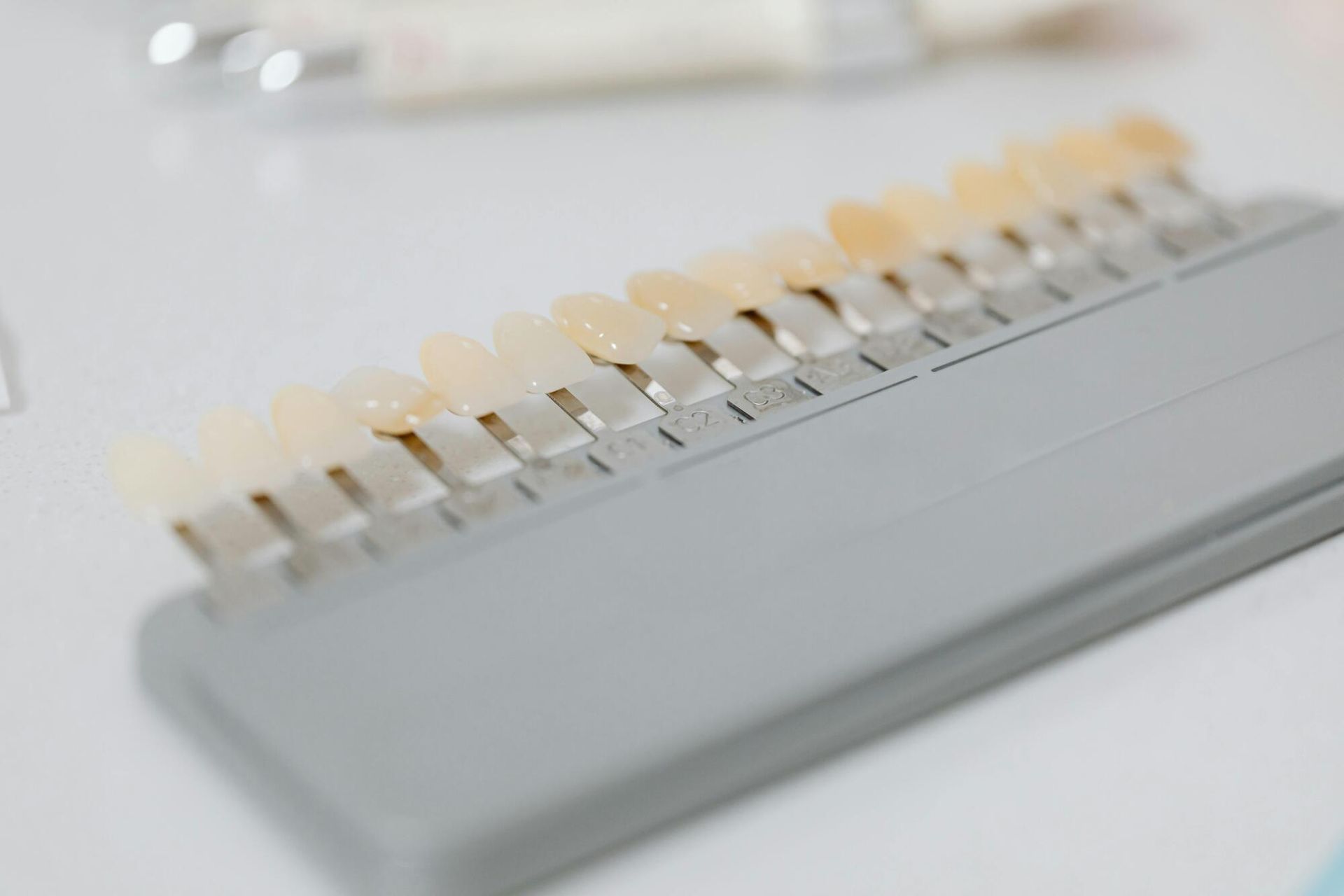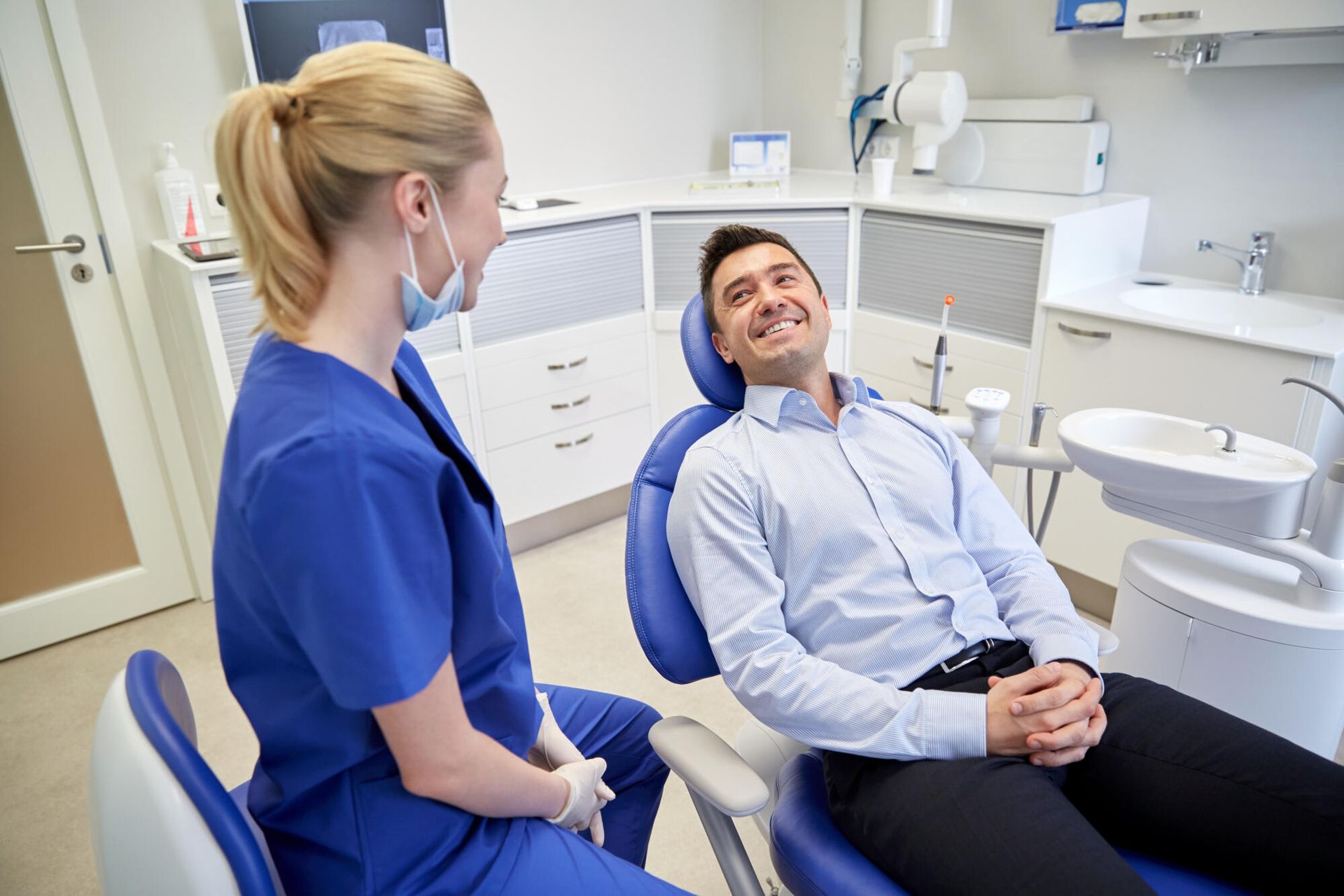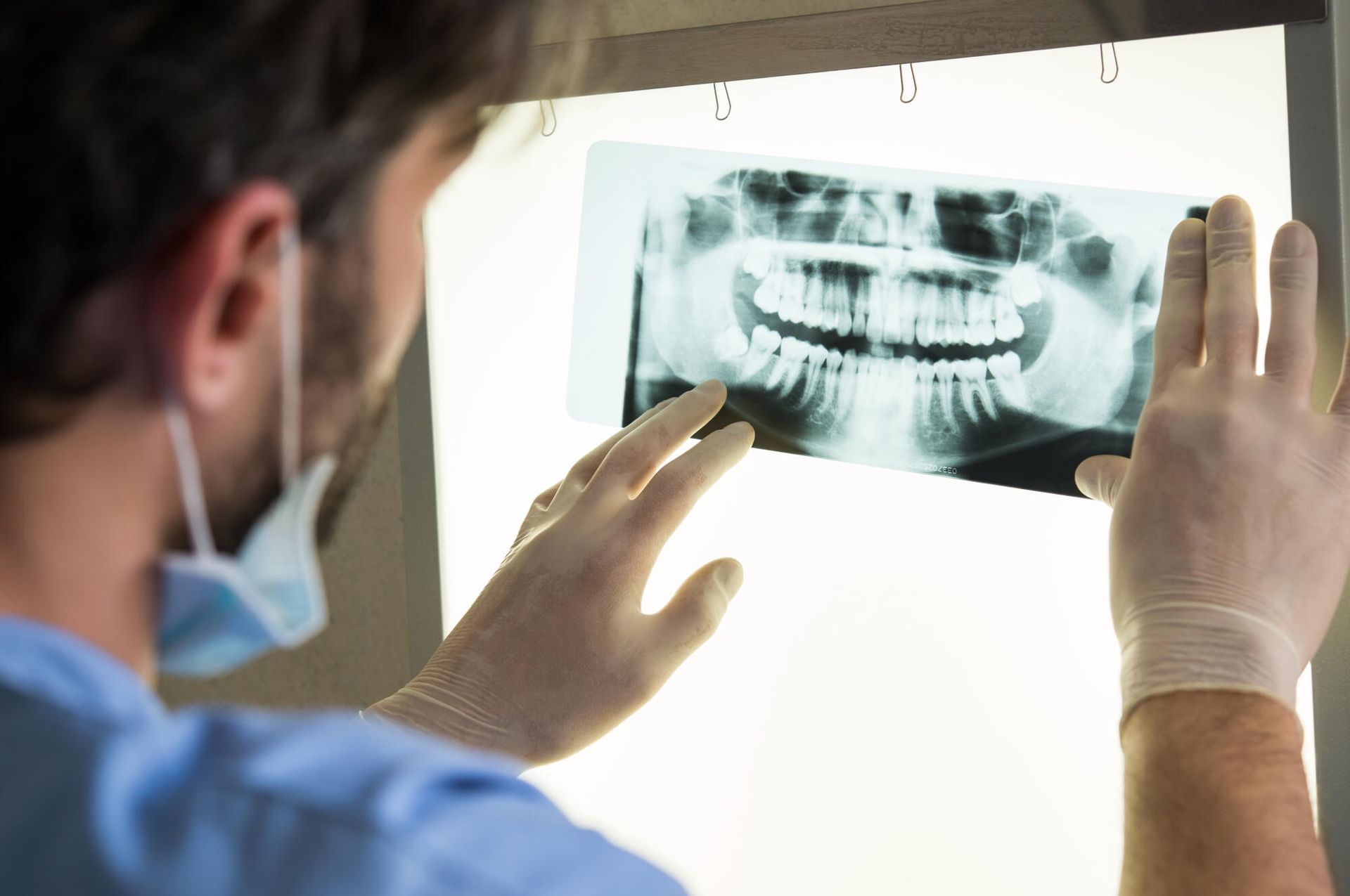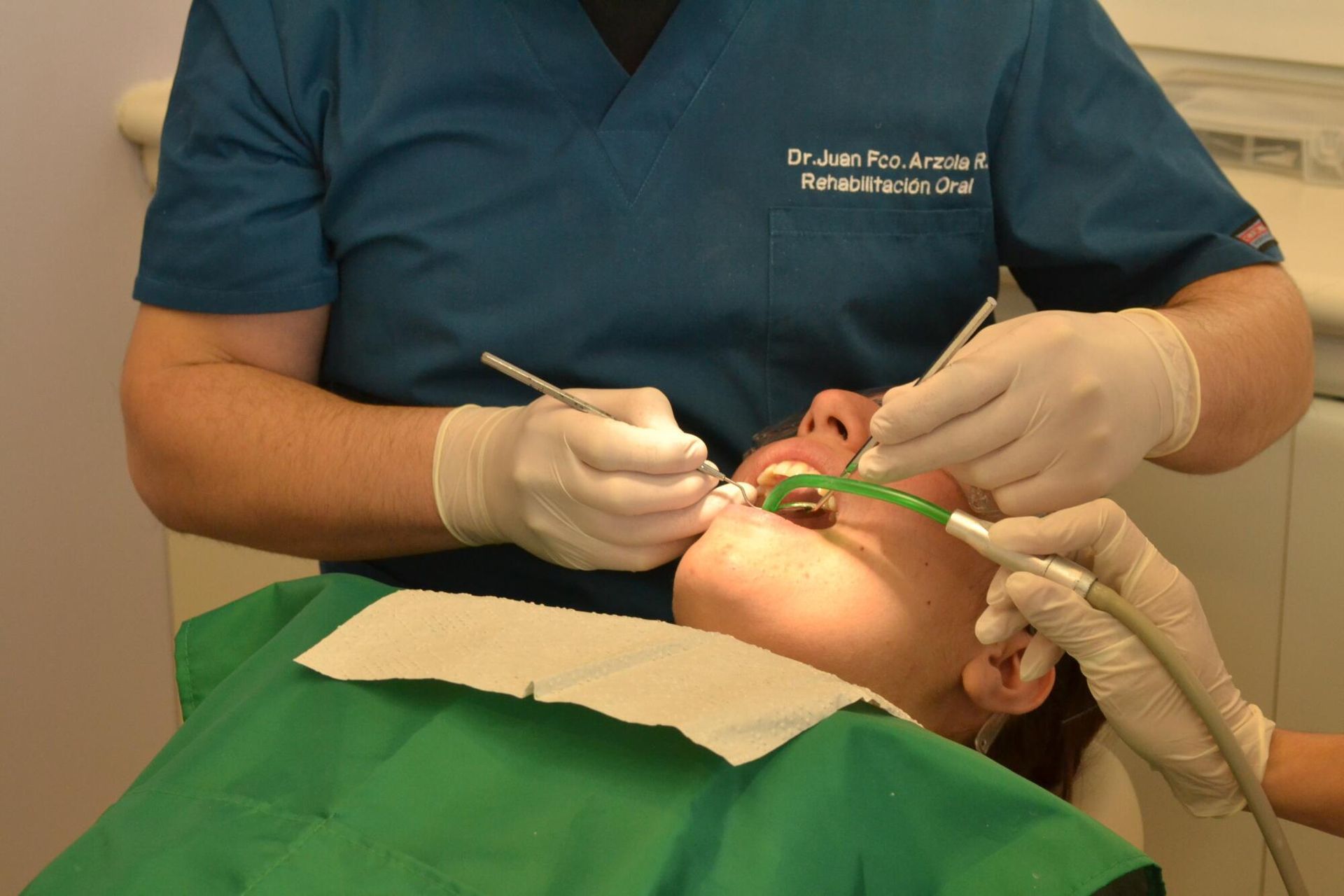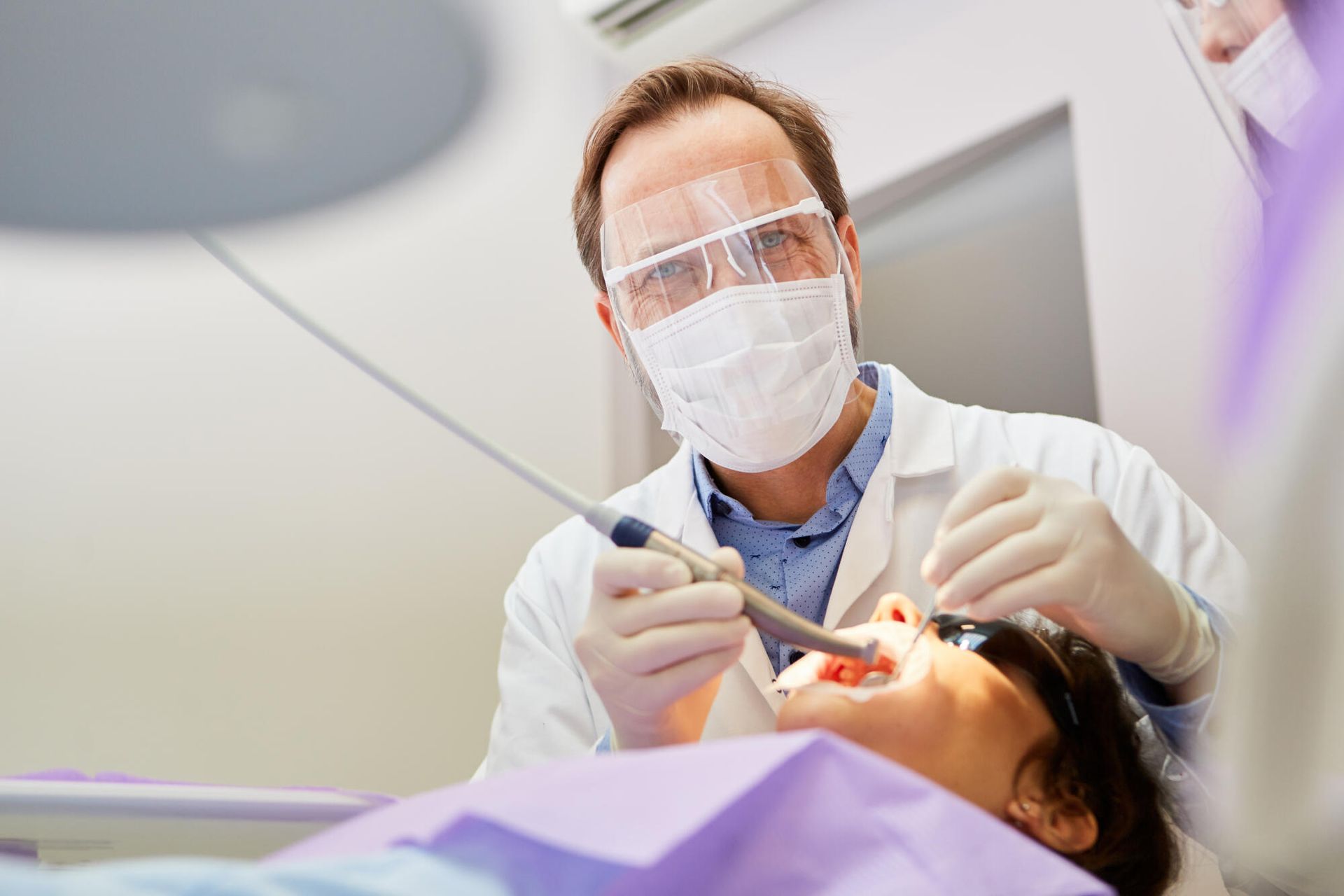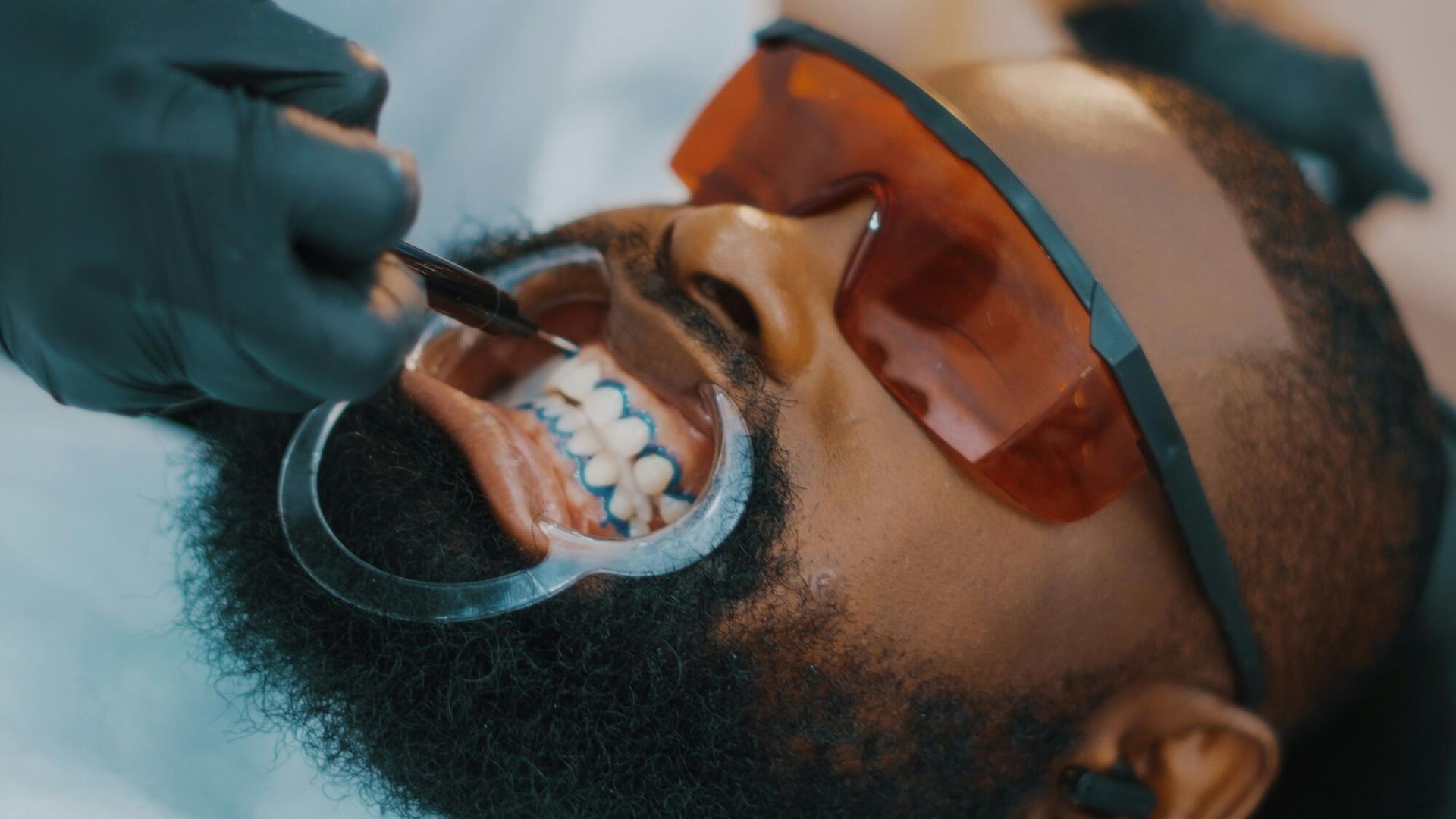Tooth Extraction Recovery: How Long Does It Take?
Did you know that the number of dentist businesses in the US is 178,867? This is an increase of 0.4% from 2021. Additionally, between 2017 and 2022, the average growth of the number of businesses that are in the US dentist industry has been 0.4% per year.
If you're planning on seeing one of the many dentists in the US, and you're thinking of seeing a dentist in Arlington, TX, who does tooth extractions, you might feel anxious about this procedure. You might worry about how long recovery takes.
Fortunately, in this guide, we'll review everything you need to know about tooth extraction recovery.
Finally, you can get your tooth extraction procedure done with all the information you need, feeling less pain without the stress of worrying about the procedure. Read on to learn more.
What a Tooth Extraction Is
Before we go into how long tooth extraction recovery takes, we'll review what a tooth extraction is. This is a dental procedure, and when it occurs, the person doing it for you will remove one of your teeth from its socket entirely. Sometimes, people will refer to this procedure as pulling a tooth.
Tooth extraction is a process that a dentist or a dental specialist (like a periodontist or oral surgeon) will perform when the damage to your tooth is so bad that removal is necessary.
When possible, dental professionals will use a restorative method so tooth extraction isn't necessary. These include, for example, dental crowns or dental fillings.
However, if these aren't possible, it may be necessary to remove the tooth.
A dental professional might recommend tooth extraction in certain situations. These include situations in which you might have one or more of the following:
- Cavities (severe tooth decay)
- An impacted tooth
- A fractured tooth
- Severe gum disease
- Crowded teeth
Additionally, if you have tooth luxation or another dental injury type, tooth extraction might be necessary. Note that, when cases that require tooth extraction are more complex, the person who does the procedure will usually be a periodontist or oral surgeon.
What Occurs During a Tooth Extraction
To understand the healing and recovery process of a tooth extraction, you have to know what occurs during a tooth extraction. This way, you can understand which specific parts of your mouth need to heal. Everything that follows is what occurs after you're given local anesthesia, regardless of the tooth extraction cost.
The dentist or dental professional loosens the tooth gently. Then, they lift it carefully from the socket.
Note that, depending on your tooth's situation, the dentist or dental professional may have to make incisions to access the tooth. Specifically, these incisions would be in your gums.
After the tooth removal part of the procedure is completed, the dental professional or dentist will clean and disinfect your socket. They might also put in a dental bone graft or put in stitches for the promotion of healing.
How Long Recovery Takes
The amount of time it takes to recover from a tooth extraction varies. This is because the complexity of the case is what will determine the length of the recovery time. This said the majority of people will start to feel normal again in a few days.
When it comes to most of your routine activities, you'll be able to return to them within 48 to 72 hours. However, when it comes to the healing of the jawbone itself, the healing will take several weeks.
For this reason, if you plan on, a dental implant or any other dental services for, replacing your tooth, you should wait until full recovery to do this. The amount of time you'll have to wait in this case would probably be a few months.
What Impacts How Long Recovery Takes
Certain things will impact how long your recovery takes. These are all part of your tooth extraction aftercare and post-surgical instructions to follow. Usually, after the extraction has occurred, your dentist will provide you with a post-surgical instructions list that's detailed.
When you follow this list, you'll ensure that your recovery is speedy. For a speedy recovery, here are four general guidelines.
Take All Medications as Directed
Your dentist might prescribe you pain relievers and antibiotics. You must take, exactly as directed, all of these medications. Note that it's also possible for you to take pain relievers that are of the over-the-counter type, such as ibuprofen and acetaminophen.
Keep the Site of Extraction Clean
Two to three times every day, you should rinse the area of extraction gently using an antimicrobial mouthwash. As for brushing, avoid doing this directly on the site of extraction until your dentist says it's safe for you to do so.
As for the other areas of your mouth and teeth, floss and brush as you would normally.
Avoid Strenuous Activity For at Least Two Days
When your heart rate is elevated, it has the potential to cause an increase in post-operative discomfort and bleeding. For between the first 48 and 72 hours, you should skip going to the gym. To know when it's safe for you to resume normal routines, ask your dentist.
Be Careful About What You Eat
Whether you've had a wisdom tooth extraction, an emergency tooth extraction, or another type of tooth extraction, tooth or wisdom tooth recovery needs to be careful about what you eat. During the first few days, avoid crunchy and hard foods.
Instead, eat soft foods. These might include applesauce, yogurt, eggs, pasta, and rice.
Also, don't drink through straws. This could dislodge blood clots, as well as cause dry sockets.
Looking for a Dentist in Arlington, TX, Who Does Tooth Extractions?
Now that you've learned about how long tooth extraction recovery takes, you might be looking for a dentist in Arlington, TX, who does tooth extractions. In this case, you should look no further than Heather E. Martin, DDS.
Dr. Martinson has attended many universities, including Loma Linda University School of Dentistry (where she earned her Doctor of Dental Surgery), the University of Texas at Arlington, and Southern University in Tennessee.
She also has an American Academy of Facial Esthetics certification. To find out more about how she can help you with your dental needs, contact her now.
Dr. Heather E. Martinson
